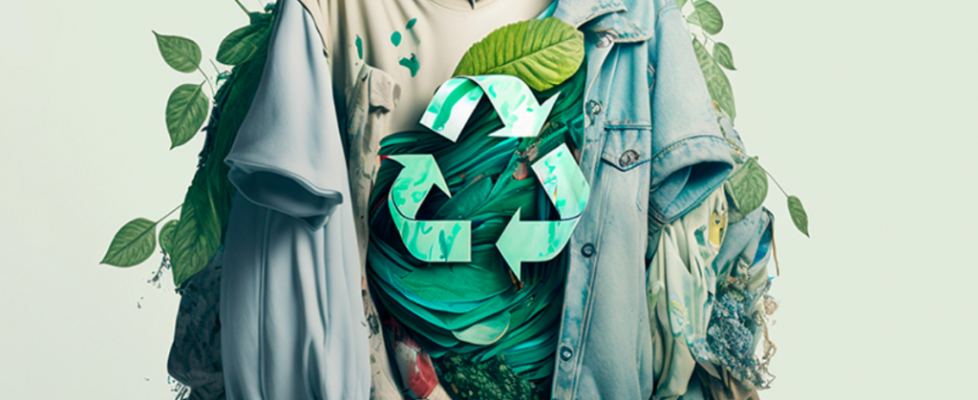Planet

Look at what your wearing, a T-shirt ? It takes 2720 litres of water to make that one T-shirt. (Chan E, 2020) For the current circumstance of the planet due to the textile and apparel industry, sustainable products are becoming a requirement. The principle draw back of the industry is the damage it is creating to the environment. 200 million trees are logged each year to be turned into fabric and 120 billion garments are then made a year. Consequently 85% of textiles then go to land fill yet 95% of these discarded textiles and garments can be upcycled or recycled but we choose to execute just 1%.

The Circular economy. Interconnected by 7 key factors: Refuse, Reduce, Re-use, Repair, Re-gift, Recover, Recycle. In order for the textile and apparel industry to combat the significant issues they need to shift from the traditional linear economy (make, use, dispose) to the circular economy. By using the circular economy system you can ensure that resources are in use for as long as possible while making sure you get the most from the textiles and garments while in use. Recovering and regenerating materials at the end of each service life can also be ensured.
As discussed textile waste is most often discarded into landfill. Author of the book, “A practical guide to sustainable fashion”, Gwilt a, believes that by using life cycle thinking it can enable “designers to see the impacts of production and consumption of a product or service over its entire life”. The cycle of life thinking encompasses going through each stage of a garment life cycle with deep thought on the social and environmental impact. For example, during the first stage of garment life cycle thinking Allison Gwilt suggests “to map the prospective life cycle of the product to be developed, which is best done at the start of the design process”. This may entail grouping together garment types that are known to share similarities. Following on from this Gwilt, A suggests to conduct an assessment of the environmental and social impacts associated with the product or service. Proving that a more thought and care can make a huge change.

The United Nations state 17 goals to be to be fulfilled by 2023. SDG number 3 “good health and wellbeing” links directly to the fashion and textile industry. The fashion industry is responsible for 8-10% of humanity’s carbon emissions (UNEP, 2018). Too much carbon emission is leading to a change in our atmosphere temperature, Ultimately destroying our land . If we are living on a destroyed planet, how can we expect to live long and healthy lives?
Reference list:
Gwilt, A. (2014) Chapter 2-The life cycle of a garment.
Chan, E. (2020). The Fashion Industry Is Using uo Too Much Water – Here’s How You Can Reduce Reduce Your H2O Footprint.[Online]. Vogue India Available at: https://www.vogue.in/fashion/content/the-fashion-industry-is-using-up-too-much-water-heres-how-you-can-reduce-your-h2o-footprint (Accessed 8 October 2023)
UNEP (2028), avalible at: https://www.genevaenvironmentnetwork.org/resources/updates/sustainable-fashion/
United Nations (2023). The 17 sustainable development goals. [Online] United Nations. Available at: https://sdgs.un.org/goals [Accessed 8 October 2023)
